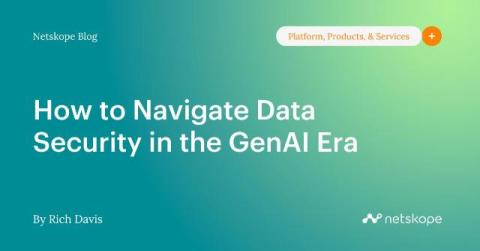Useful questions to navigate the TIP vendor landscape
In today’s escalating threat landscape, Security Operations Center (SOC) teams face a constant cat and mouse battle against adversaries as they try to stay one step ahead. This situation isn’t helped by the fragmented tools; multiple data feeds and data siloes they must contend with. Likewise, with so many security vendors out there with different approaches and solutions, how do they know what cybersecurity solutions they should be investing in?










